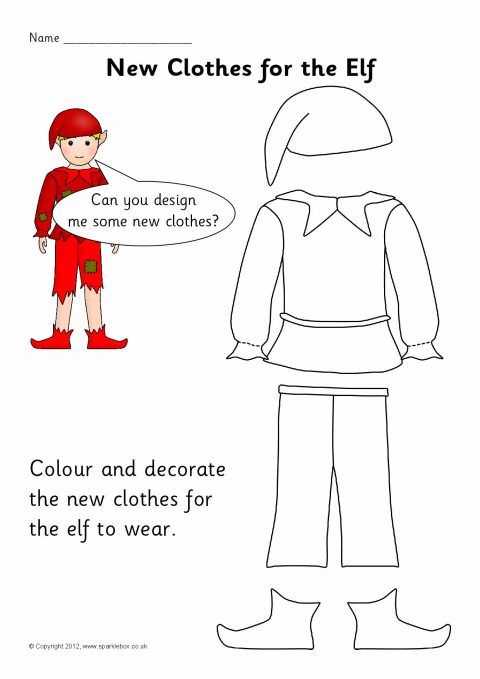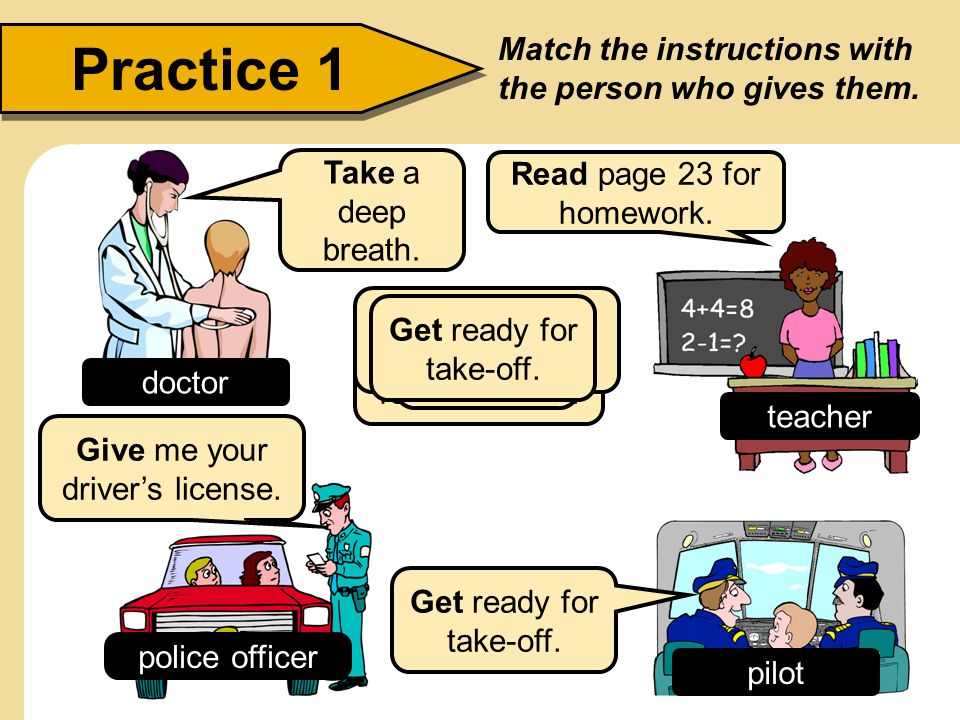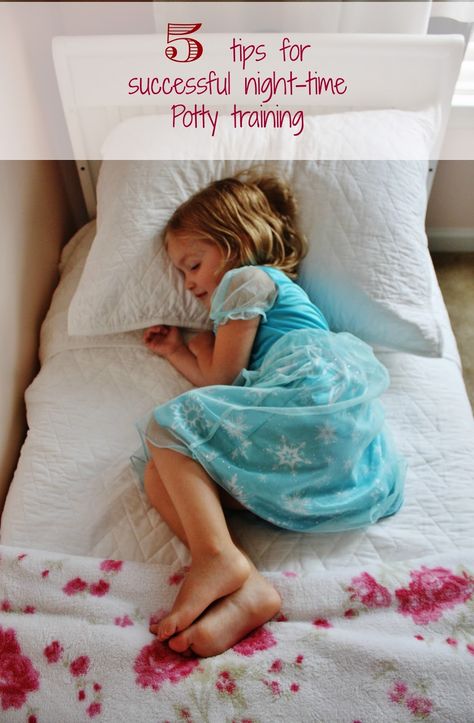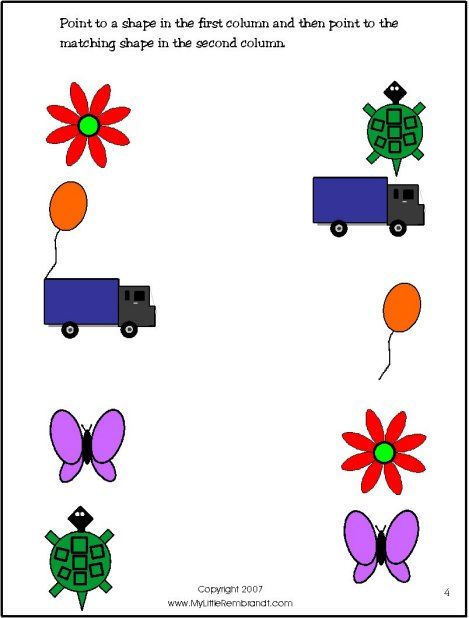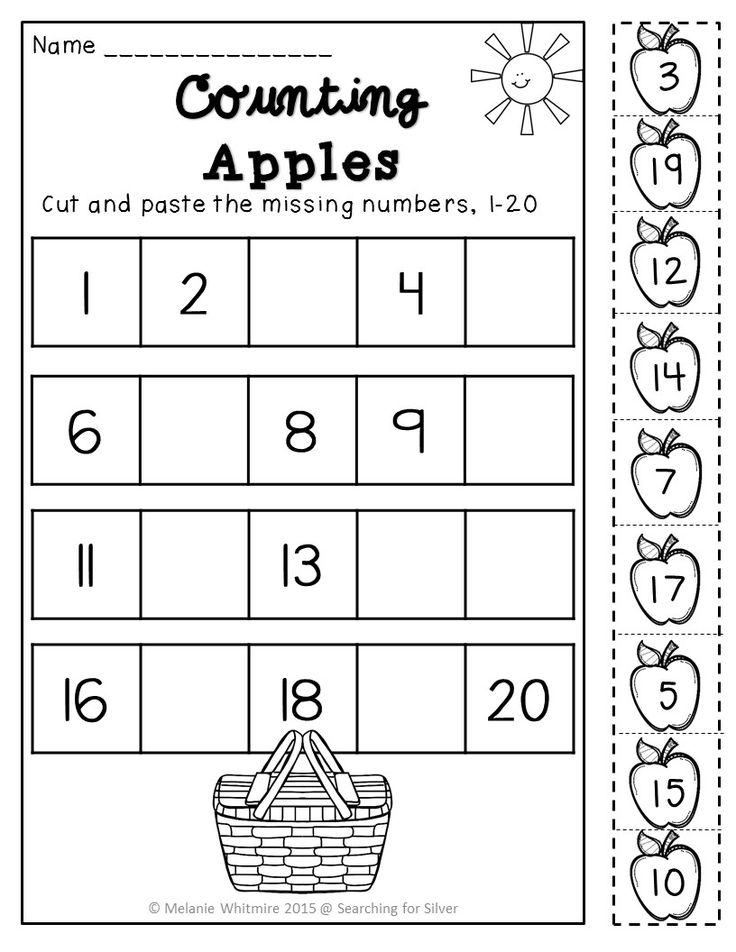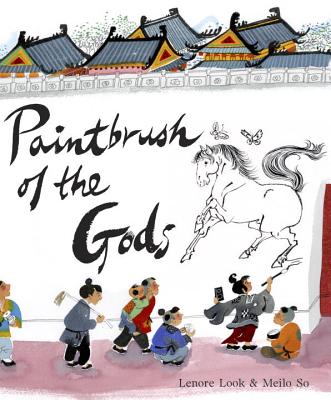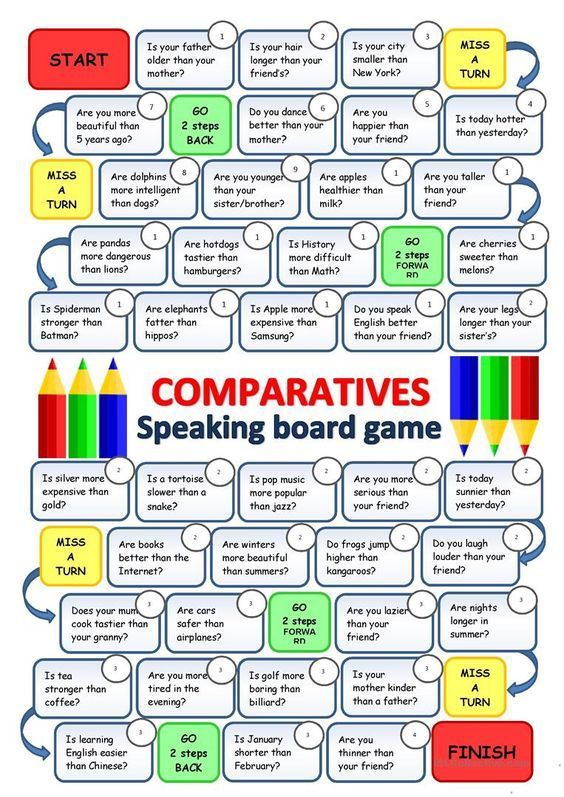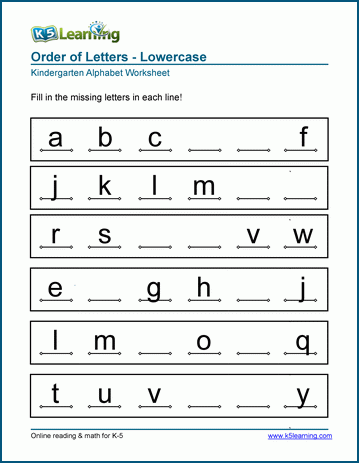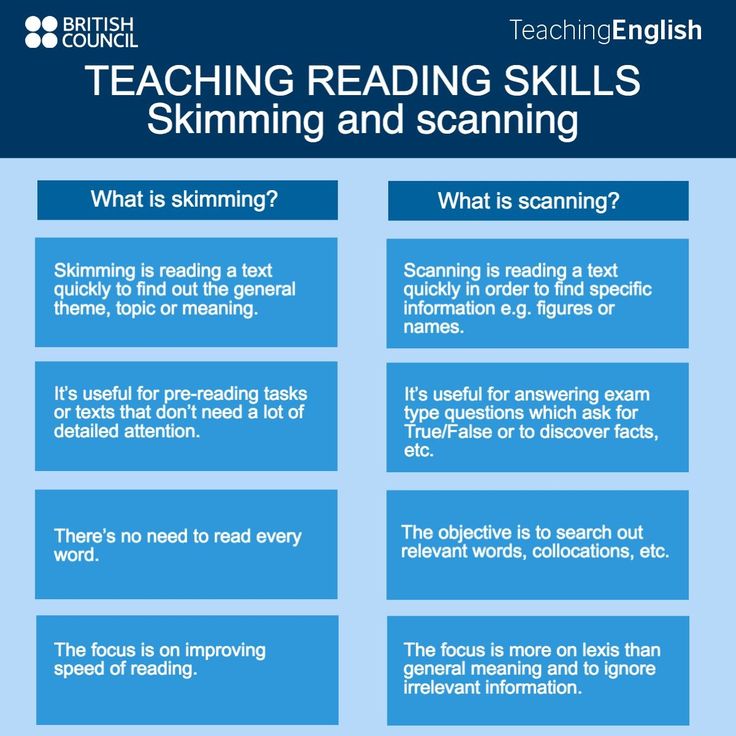A traditional tale for children
What is a traditional tale?
Traditional tales like Cinderella, Little Red Riding Hood and Goldilocks play an important part in early literacy. We explain how these well-known stories are used to help develop reading comprehension and early writing skills, and explain how you can help your child's learning with fairy tales at home.
or Register to add to your saved resources
What is a traditional tale?
A traditional tale is a story that has been told and re-told for many years, and consequently, becomes a story that almost everyone knows. Traditional tales are also referred to as fairy stories or fairy tales.
Stories such as Cinderella, Goldilocks and the Three Bears and Jack and the Beanstalk are all traditional stories.
How do traditional tales and fables differ?
A fable is a story that features animals, plants or forces of nature and ends with a ‘moral’.
Traditional tales in primary school
In both Key Stages 1 and 2, teachers will often use a traditional story as a way of teaching children the conventions of story-writing.
In Key Stage 1, a teacher would read children various traditional tales and discuss the structure in terms of beginning, middle and end. They might map out the structure on the board to make this clear to the children; for example, they might show three boxes (organised horizontally or vertically) and then write a short sentence in each to show what happens in the beginning, middle and end of the story. Over time the children might progress to analysing the story structure by using a story map or a spider diagram.
To bring the story alive to the children, teachers might ask them to carry out various drama activities, such as acting out the story with puppets or ‘hot-seating’ (where one person sits on a chair pretending to be a character from a story and other children in the class ask them questions).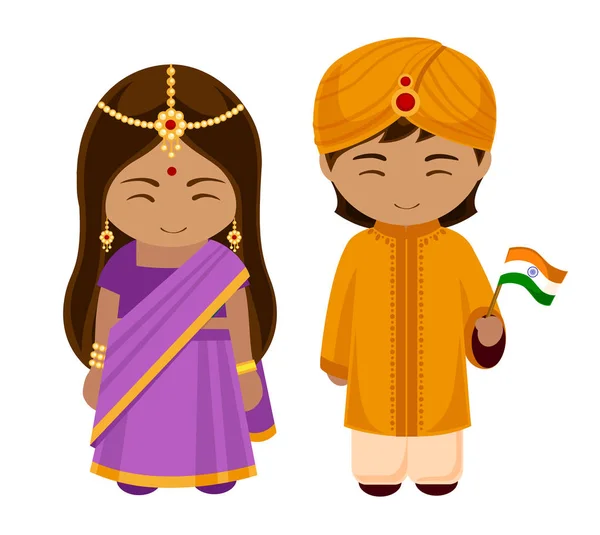
They might introduce the story to children in different forms, for example: watching a film or television adaptation or reading a play script. Children would then be asked to re-tell the story orally, using picture or note prompts. Finally, they would be asked to re-write the story in their own words.
In Key Stage 2 teachers would be less likely to use puppets and picture prompts, but would follow a similar teaching sequence, with plenty of opportunities for drama and story re-telling.
Traditional tales might also be used to help children reflect on more advanced writing techniques, such as point of view (lots of fairy tales read completely differently when written from a different point of view; look at Honestly, Red Riding Hood was Rotten!: The Story of Little Red Riding Hood as Told by the Wolf) or the difference between fact and opinion.
The video below would make an excellent starting point for a discussion with a KS2 child!
Traditional tales at home: how you can help your child
You can help your child at home by reading traditional stories with them and encouraging them to talk about what they have read. (We also love the huge repository of free traditional audiotales on Storynory and the free audio recordings of fairy tales on LibriVox if you'd like to listen too!)
Ask them plenty of questions about the characters to help develop their reading comprehension, including questions where retrieval of information is required (‘What did Cinderella leave behind at the ball?’) as well as questions that rely on inference (‘How can you tell that the ugly sisters don’t like Cinderella?’) and also questions that rely on deduction (‘How do you think Cinderella feels about being left at home?’).
All of this exploration of characters’ feelings helps children to think more deeply about the characters that they write about, so can really help them with their writing as well as their reading comprehension.
Fairy tales and traditional tales: best books to read at home
Here is our selection of fantastic books to read at home with your child. Enjoy!
Dog Loves Fairy Talesby Louise Yates (£12.99, Jonathan Cape)
Dog comes to the rescue when fairy-tale characters need help in this lovely, beautifully illustrated story.
by Hilary Robinson (£6.99, Hodder)
Use this spiral-bound book to create your own crazy mash-up of traditional tales.
by Laurence Anholt & Arthur Robbins (£12.99, Orchard Books)
Giggles are guaranteed with this super-silly collection of fairy tale retellings, complete with comic illustrations.
by Abie Longstaff (£6.99, Picture Corgi)
The first in an extensive series featuring traditional tale characters children know and love.
by Lauren Child (£7.99, Puffin)
A traditional tale told in inimitable Lauren Child style. A picture book to pore over for hours!
by Saviour Pirotta (£4.99, Orchard Books)
One of a series of classic fairy tales from the Brothers Grimm, retold for KS1 children to read by themselves.
by Jon Scieszka (£7.99, Puffin)
A very different, very funny take on the tale of the three little pigs, told from the (unfortunate?) wolf's point of view.
by Ursula Jones (£6.99, Orchard Books)
A lyrical, engaging version of the classic story, with detailed, beautiful illustrations to examine.
by Alex T.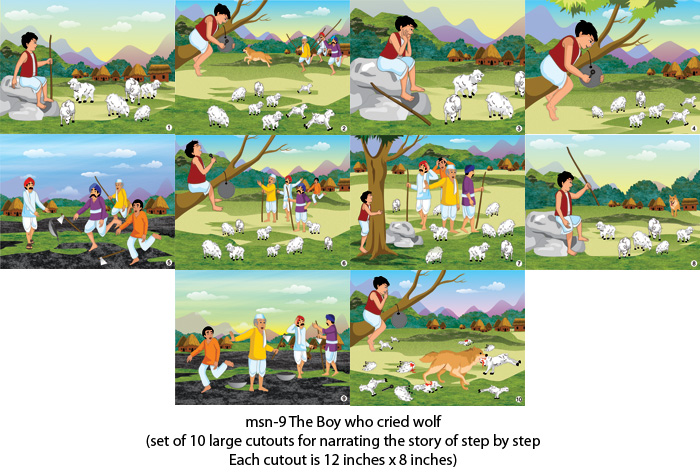 Smith (£12.99, Scholastic)
Smith (£12.99, Scholastic)
A fantastic retelling of Little Red Riding Hood with a warmer, wilder setting.
(£12.99, Usborne)
Fifteen lavishly illustrated tales, including Hansel and Gretel, Rumpelstiltskin, Tom Thumb and The Frog Prince.
by Oscar Wilde (£7.99, Random House)
A visually striking, abriged version of Oscar Wilde's timeless fairy tale, first published in 1888.
by Sarah Mlynowski (£5.99, Orchard Books)
Outgrown traditional tales? Rediscover them with a fresh and funny modern spin on the classic stories, perfect for kids aged 8+.
by K P Kojo (£6.99, Puffin)
Find out how selfish Lion got his comeuppance, go to a Frog wedding in the Sky Kingdom and more in a collection of stories drawn from the rich folklore of many countries throughout Africa, and brought to life with humour and rhyme.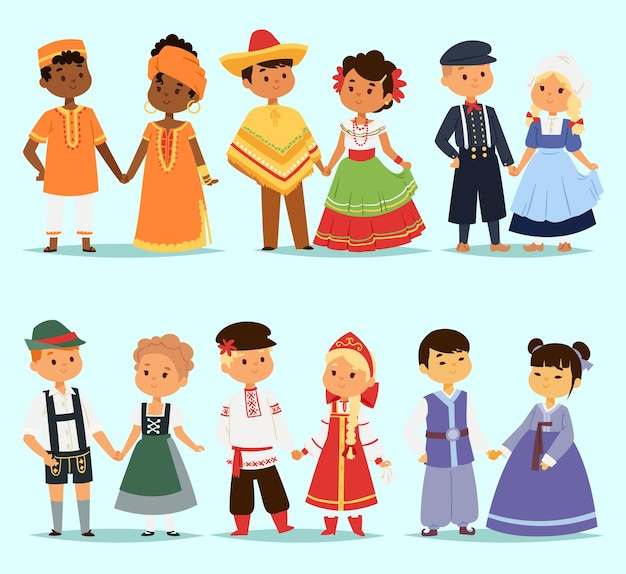
by K P Kojo (£6.99, Puffin)
A collection of Indian folklore stories featuring wicked magicians, wise old priests, charming princes and beautiful princesses, greedy tigers and wily jackals; these magical tales from India's Moghul period are full of adventure and trickery.
by K P Kojo (£6.99, Puffin)
A collection of tales gathered from the many different islands of the Caribbean. From the very first Kingfisher to Anansi the Spider Man, these lively retellings are full of humour and beautifully retold by Trish Cooke.
More like this
Best traditional tales books for kids
Primary literacy glossary for parents
Best nursery rhymes and fairy tales apps for kids
Reading comprehension: Cinderella
Spelling game Little Red Riding Hood
Writing task: write as Goldilocks
5 ways to boost your early reader's confidence
Describing characters in traditional tales
What are myths and legends?
10 Best Classic Fairy Tales For Your Kids
“If you want your children to be intelligent, read them fairy tales.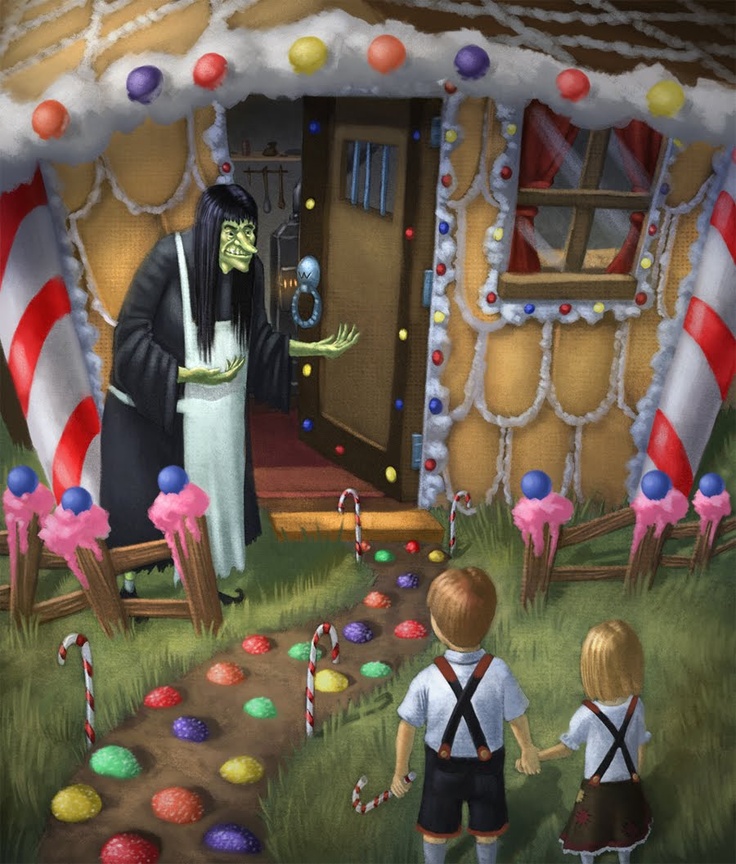 If you want them to be more intelligent, read them more fairy tales.” ― Albert Einstein.
If you want them to be more intelligent, read them more fairy tales.” ― Albert Einstein.
Fairy tales often take people to the sweet memory lane of their childhood. The memories of magic, dragons, and evilness getting defeated never fail to bring a smile to our faces.
Reading or listening to classic tales can help parents bond better with their children and nurture their creativity.
So, if you are looking for the best bedtime stories for your children, this blog will surely help you. Let’s explore some of the fascinating and timeless fairy tales that can bring lots of colors and blooms to your kid’s childhood.
10 Best & Timeless Fairy Tales For Children1. Cinderella
Cinderella is one of the most popular fairy tales of all time. Its story remains an all-time classic and will remain the same for future generations as well.
Cinderella was a young woman who lived with her wicked stepmother and stepsisters.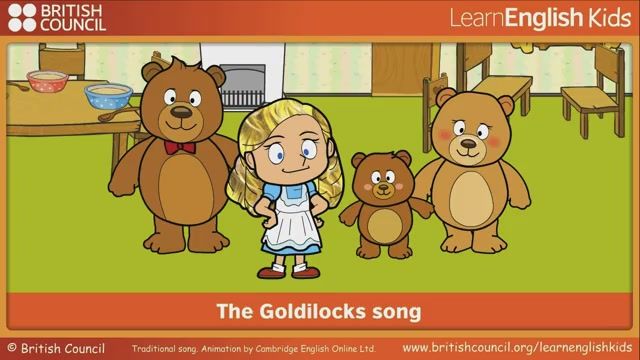 Thanks to her glass slipper, she found her Prince Charming and escaped her difficult life.
Thanks to her glass slipper, she found her Prince Charming and escaped her difficult life.
Cinderella’s story has been adapted in many variations over history. Cinderella’s popular version “The Brother Grimm” was published in 1812. Recently, in 2021, Disney has released a new Cinderella movie with a modern outlook.
Moral: This story tells kids how they should never stop dreaming despite all the hardships that life presents them with.
2. Beauty and the BeastRelated Reading: Top Reading Apps for Kids: How to Use Screens For Stories
Beauty and the Beast is a fairy tale that celebrates real royalty. In the story, a spoiled prince turns into a beast and imprisons a beautiful young lady named Belle. It’s only when he learns to love Belle that he becomes the prince again.
This fairy tale is assumed to be inspired by a real-life couple who lived in France in the 1500s. The man had a condition called hypertrichosis.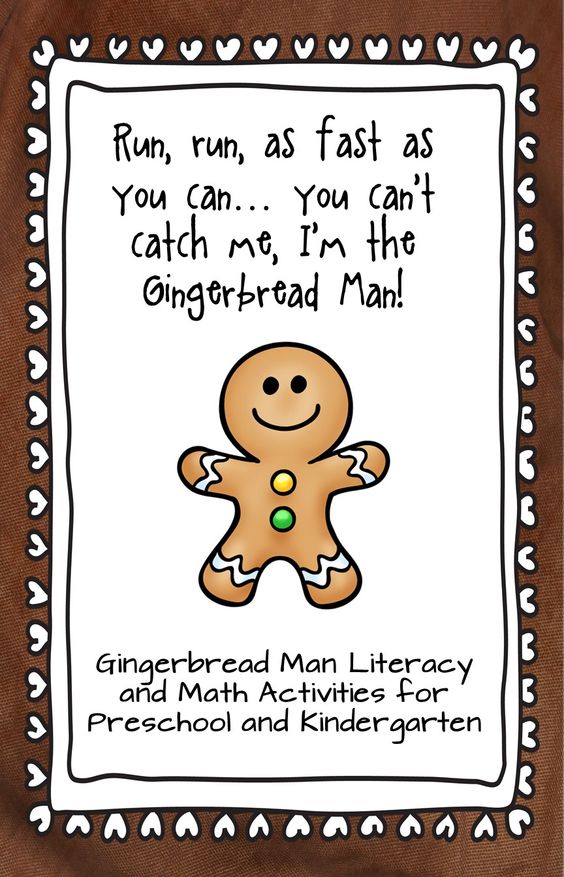 This condition causes abnormal hair growth on the body.
This condition causes abnormal hair growth on the body.
So, he was referred to as a wild man and was kept in a cage for a long time. In a surprising turn of events, he married a royal court servant’s daughter, and they had 7 children.
Moral: We should value internal characteristics such as kindness over other superficial or physical qualities.
3. RapunzelRapunzel is a beautiful and motivational fairy tale. The story shows how a poor couple lost their daughter Rapunzel when they stole fruit from their neighbor’s garden. It also focuses on how the angelic voice of Rapunzel reunites her with her lover.
Moral: This story gives two bold messages that one should never steal, and evilness never wins.
4. Snow White and the Seven DwarfsRelated Reading: Best Children’s Books to Stimulate Kids’ Imagination & Creativity
Snow White is a young princess and is defined by her inherent kindness and pure beauty.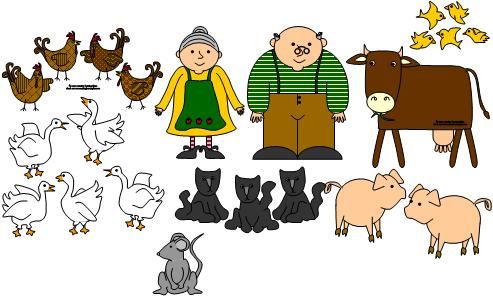 In the story, an evil queen spends all her life envying Snow White’s beauty.
In the story, an evil queen spends all her life envying Snow White’s beauty.
But, in the end, Snow White finds her happiness by marrying the prince. In contrast, the evil queen loses her peace and leads an unhappy life while chasing meaningless physical beauty.
Moral: This story has an insightful moral — if you lust over physical beauty, you lose your peace in the way. The story also encourages kids to be kind and pure like Snow White.
5. Little Red Riding HoodA rebellious Red sets off alone to meet her grandmother with instructions to never step off the forest path. But she disobeys the instructions and attracts the attention of the bad wolf.
Now, what happens next depends on the version you are reading. In the Charles Perrault version, Red gets gobbled up by the wolf. However, across Europe, North America, and many other tellings, she was saved by her hood or a guy with an ax.
Moral: This fairy tale intends to teach children to follow directions and express their courage at the time of need.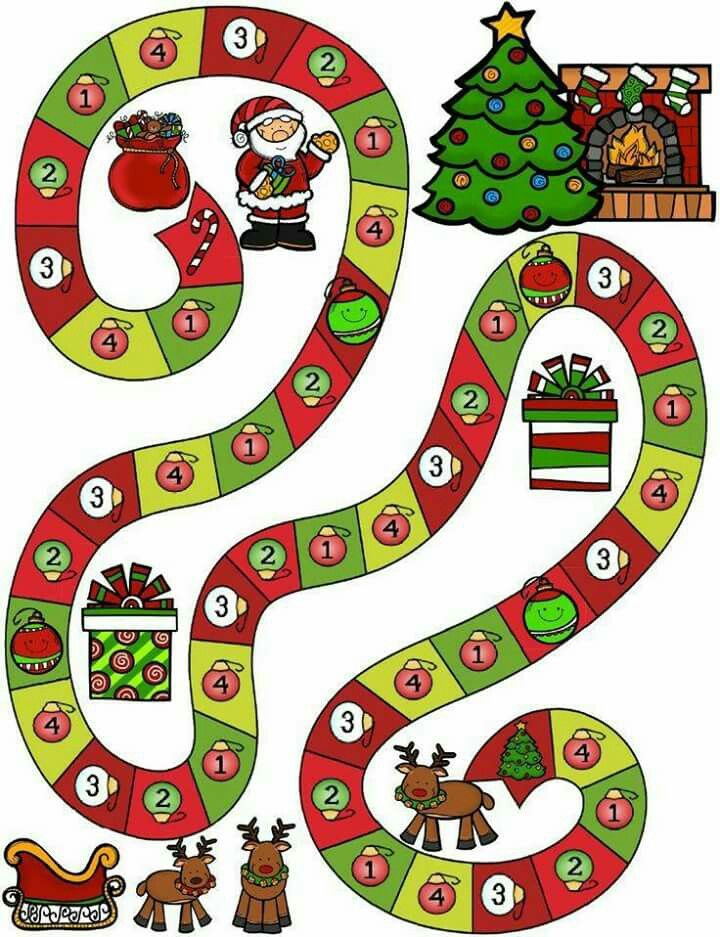
Jack is a rule-breaker and loves to prank. Once, he traded a family cow for a couple of magic beans in the hope of climbing the beanstalk and reaching the giant’s castle to steal his magic possessions.
This story will help you teach your naughty little pranksters that no matter how daring you are, one should never cross certain boundaries in life.
Moral: The story shows that undying greed for more will take away what you already have in your life.
7. Sleeping BeautyRelated Reading: Learning Styles That Make Learning Easy-Peasy For Kids
Sleeping Beauty is slightly similar to Snow White. The story revolves around a Sleeping Beauty who was cursed by a wicked fairy. Beauty spends all her childhood sleeping, but on her 16th birthday, her prince charming finds her and wakes her up after years of slumber.
Like other fairy tales, different interpretations of Sleeping Beauty are also available.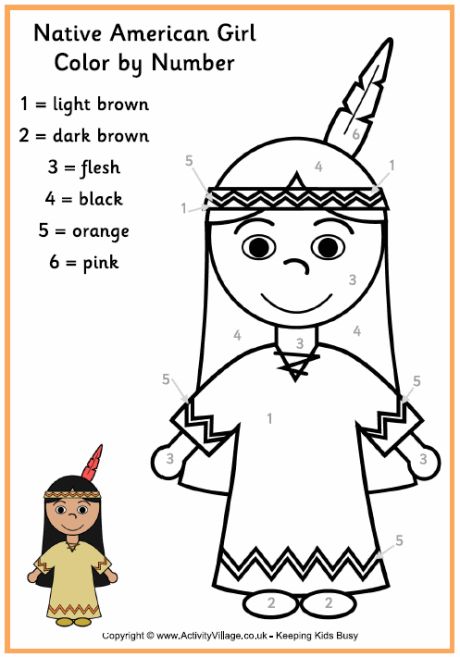 However, Disney’s Maleficent in the year 2014 achieved the most success.
However, Disney’s Maleficent in the year 2014 achieved the most success.
Moral: The story shows that growing up has its own hurdles but in the end, love conquers all.
8. Puss in BootsIf you want to raise a little animal helper, this is the perfect story for you. Puss is a bold trickster who masquerades as the servant of a nobleman. His tactics bring him fame, fortune, and a wife at a young age.
The boots in this fairy tale symbolize wealth and wisdom. The story is set back in the 16th century when people used to be barefoot. So, having boots at that time was a significant sign of wealth.
Moral: The story’s moral is simple — your wisdom can help you win wealth.
9. Hansel and GretelThis tale talks about the hunger of the heart and stomach. Hansel and Gretel are abandoned by their stepmother in the forest. Both children can’t resist eating a real gingerbread cottage out of hunger. But they get caught by a cannibal witch who lives there.
In the end, they shove the witch into the fiery oven to escape.
Moral: This story will teach your kids how fortunate they are to have food on their plates. It will help them be grateful in life and never have any egos!
10. Frog PrinceIn this story, a frog helps a princess to find her golden ball in the pond and then invites her to live in the castle. It is then that the frog turns into a prince. The storyline of The Frog Prince is quite similar to Beauty and the Beast.
Moral: The story teaches that it’s important to value kindness and goodness over physical beauty. It also tries to convey the importance of keeping our promises.
Related Reading: Best Riddles for Kids of all Grades (With Answers)!Benefits of Reading Fairy Tales to Your Little Ones
Are you wondering how centuries-old fairy tales can benefit your child in this digital age? Well, no matter how old fairy tales are, they can always make your kid’s childhood happy and memorable.
Be it The Brothers Grimm or Jeanne-Marie Leprince de Beaumont, all the classic magic stories can benefit your child in a number of ways:
Early developmentStorytelling plays a significant role in a child’s development. That is because 95% of the human brain develops by the age of six. Therefore, reading or listening to fairy tales can build imagination and literacy for your child.
Your child can engage in fantasy land and learn to distinguish the fantasy world from the real world. They can learn to express their thoughts and ideas better.
Some studies even indicate that storytelling helps to improve vocabulary and confidence among children.
Develops problem-solving skillsThrough stories, children and even adults can learn how to handle certain problems. Cinderella’s story fits perfectly in this context. It tells how a young woman escapes her difficult life despite her wicked stepmother and stepsisters’ cruelties.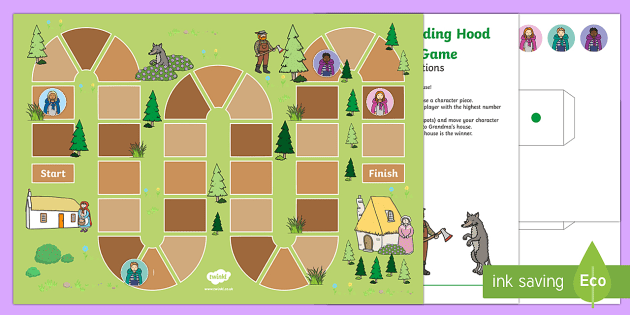
Stories allow people to step into the character’s shoes and learn how they can easily conquer problems and presents children with an interactive method of learning. This is one of the reasons why SplashLearn creates visually appealing and character-based animated games.
SplashLearn8217s game 8211 with different Oolzoos as charactersSign up & play learning games!
Builds faith in goodnessChildren connect better with the characters in the stories. This helps them learn from their favorite characters’ life stories. The stories can show children how to believe in goodness amidst problems and anxieties.
For example, Beauty and the Beast portray how selfishness can turn a prince into a beast. It also shows how beauty and kindness can turn a beast into a prince again.
Helps to understand cultural literacyFairy tales can bring cultural flavors into your child’s life. Different versions of stories are available today that can help your children interact with different cultures.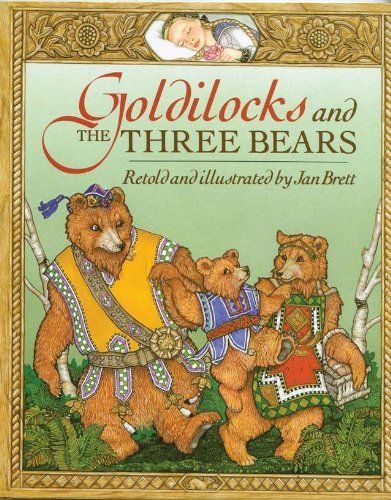
Fairy tales show that life isn’t perfect. Children discover that bad things happen to everyone. But if you are emotionally resilient, you can overcome all challenges.
This helps children stay strong during hard times and always believe in the richness of life despite hardships.
Stimulates imaginationExposing your child to the world of fantasy can stimulate their imagination. It might amaze you to see how children can give a spin to traditional stories and interpret them into something completely different.
For instance, the University of Hawai’i conducted a study to evaluate the positive impact of fairy tales on children. In the study, researchers exposed children to different classic stories to understand their impact.
Interestingly, after listening to Little Red Riding Hood, a seven-year-old boy draws the wolf to the size of an ant. He used his imagination to create a funny interpretation of the bad wolf and show his courage.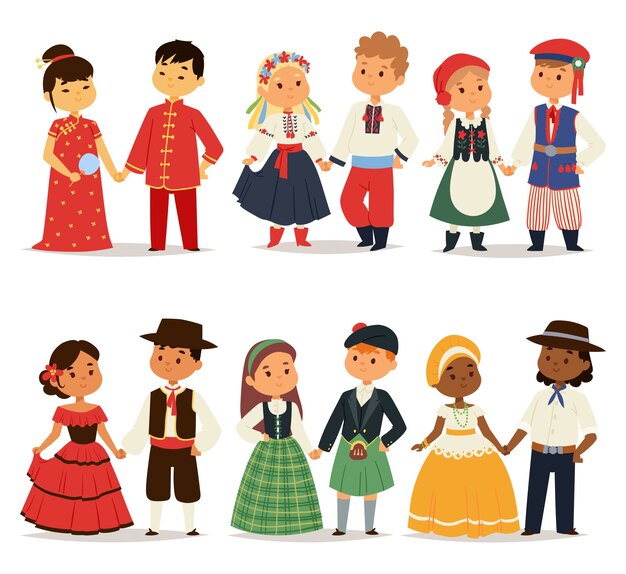
So, when you introduce a story to your child, you are providing them with an opportunity to think and imagine different scenarios.
Teaches moral lessonsEvery fairy tale is attached to a moral lesson. Fairy tales often leave us with a strong message, whether it is being good or believing in love or friendship.
You might have a hard time making your toddler understand where the difference between good and bad lies. But stories like “The Emperor’s New Clothes” can better show to your kids, the consequences of convincing yourself that something was true when it wasn’t.
Helps parents bond with their kidsThrough classic fairy tales, parents can bond with their children in a great capacity. They can relive their childhood memories with their kids and build some new memories.
Teach, Motivate and Stimulate Imagination with GamesYou can forget anything in your life, but you can never forget all the classic fairy tales that you have heard in your childhood.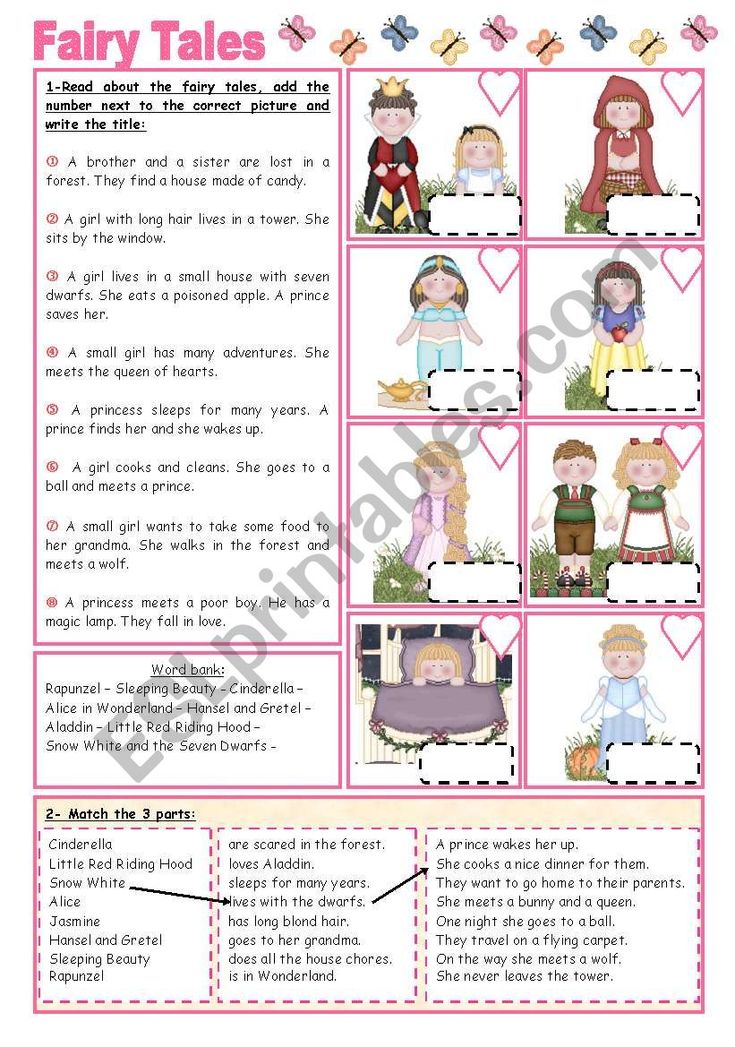 Have you ever thought, why?
Have you ever thought, why?
That is mainly because stories capture our interest in a much better way. And once we learn something with an interest, we tend to not forget that information.
SplashLearn creates learning games to spike and capture kids’ interest. The engaging characters and visuals motivate the little ones to learn. Different mediums like games, worksheets and courses on Math and English can help them remember and retain concepts their entire life.
Today, you can try SplashLearn with your kids to see how they actually interact with interesting learning mediums.
Parents, sign up for free!
Frequently Asked Questions (FAQs)
Which is the oldest fairy tale?
According to some researchers, The Smith And The Devil is the oldest fairy tale. It goes back by 6,000 years to the Bronze Age.
Do all fairy tales have morals?
Yes. Fairy tales are written with a motive to teach a lesson to children via interesting characters and a storyline
How do fairy tales affect child development?
When children listen to fairy tales often, it affects their imagination and helps them to think about new things.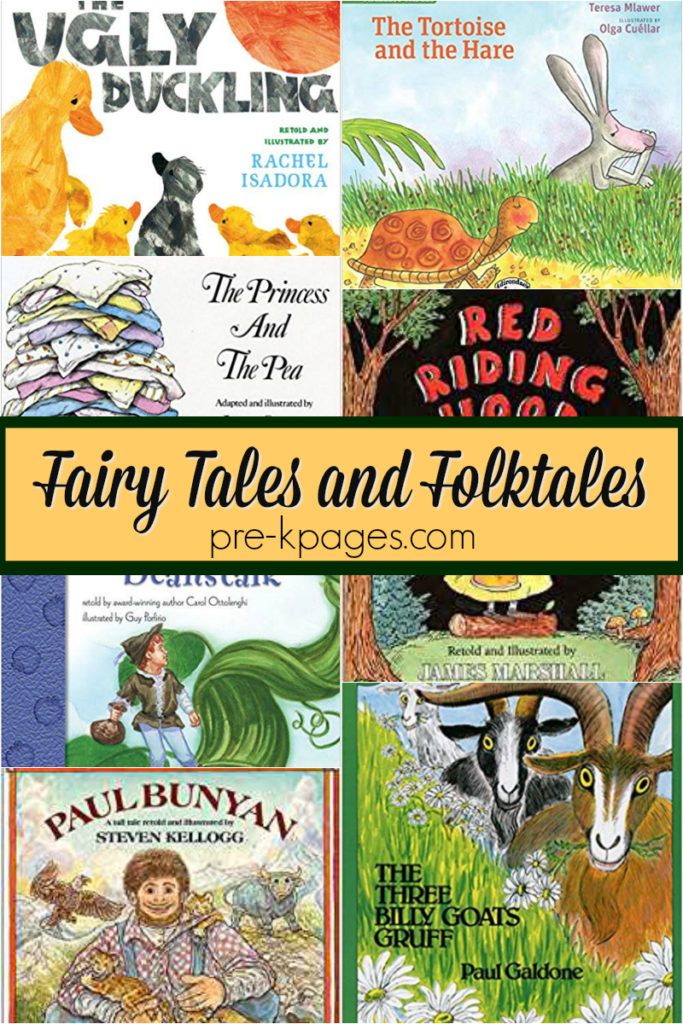 The fairy tales affect the emotional, physical, and mental development of a child.
The fairy tales affect the emotional, physical, and mental development of a child.
Do fairy tales have the truth?
Fairy tales have been passed down from many generations and cultures. However, today there’s no solid source from where these tales come from, but they have been inspired from somewhere. So, we can say that some fairy tales are adaptations of real-life events.
Are fairy tales timeless?
Yes. The storyline might have changed in many tales with time, but the central idea has always been the same.
What is the right time to read fairy tales to your child?
There’s no specific time to read stories to your kids. However, most parents prefer to read stories before bedtime. But you can read them to your child anytime as soon as they turn two.
All Russian folk tales about animals, magical, household
article about the site
Absolutely every person, each of us, listening to fairy tales in early childhood.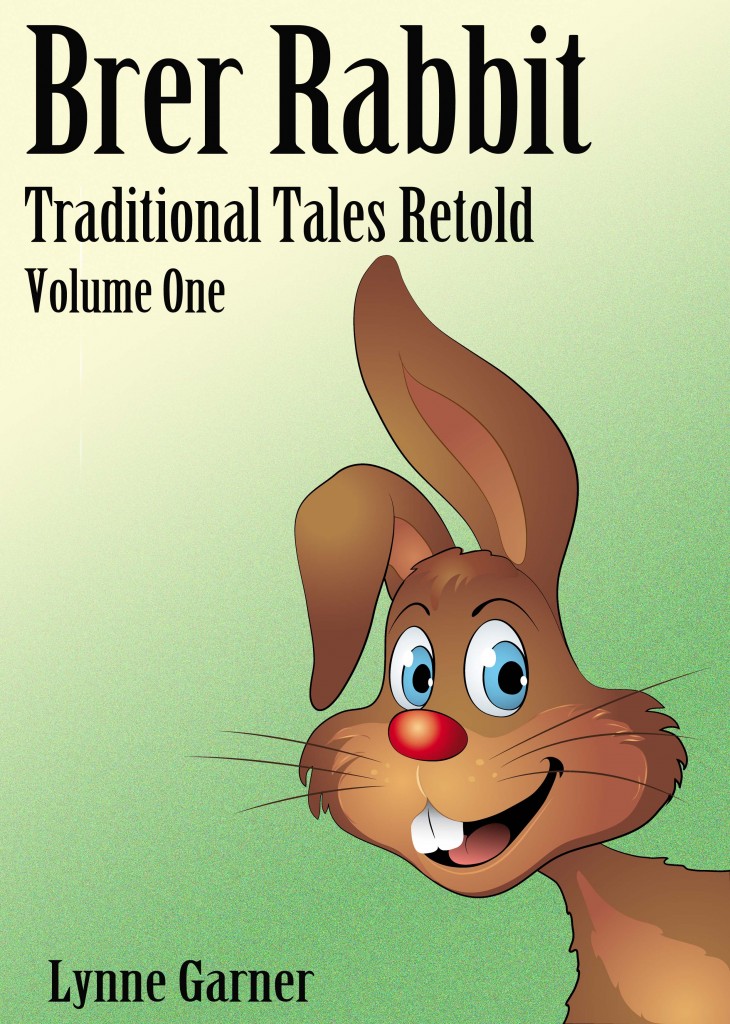 They are most often told now (in the last century) to children. Almost all fairy tales originated a very long time ago (more than a thousand years ago) - this is so long ago that now no one can even find out exactly when. For many centuries, folk tales have played the same role in human life as books, magazines, newspapers, television, radio, the Internet and other common sources of information in our time. Fairy tales are a real household encyclopedia of the past, present, and even, perhaps, the future. nine0003
They are most often told now (in the last century) to children. Almost all fairy tales originated a very long time ago (more than a thousand years ago) - this is so long ago that now no one can even find out exactly when. For many centuries, folk tales have played the same role in human life as books, magazines, newspapers, television, radio, the Internet and other common sources of information in our time. Fairy tales are a real household encyclopedia of the past, present, and even, perhaps, the future. nine0003
We have already been able to make sure that Russian folk tales are very diverse, each tale is distinguished by its special content, its own style and the images presented in it. There are fairy tales in which we are talking about animals, there are entertaining magical stories about the amazing adventures of a hero, be it an animal (grouse, rooster, crane, hare, bear, fox, wolf, mouse, many other animals, fictional characters: Baba Yaga, Koschey Immortal, the many-headed Serpent, the Sea King, Morozko, Kolobok . .. or a completely ordinary person serves as a fairy-tale prototype: Ivan the Tsarevich, Khavroshechka, Elena the Wise, soldier, tsar, children, parents, husbands and wives) - all characters, heroes and not list. There are also short tales about lazy, stupid and stubborn people that tell about everyday life and they are often called everyday fairy tales. nine0003
.. or a completely ordinary person serves as a fairy-tale prototype: Ivan the Tsarevich, Khavroshechka, Elena the Wise, soldier, tsar, children, parents, husbands and wives) - all characters, heroes and not list. There are also short tales about lazy, stupid and stubborn people that tell about everyday life and they are often called everyday fairy tales. nine0003
We hope that reading the texts of Russian folk tales has brought you new, good knowledge and a lot of positive emotions.
Mikhail Vladimirovich Tolstikov
http://hyaenidae.narod.ru/
writers about fairy tales:
“A fairy tale is a great spiritual culture of the people, which we collect bit by bit, and through a fairy tale a thousand-year history of the people is revealed to us”
(Alexey Nikolaevich Tolstoy).
attention!
The fifth part of the collection of fairy tales, for reading online, includes Russian folk fairy tales and household tales, as well as numerous fairy tales about animals that are not presented on this (main) page.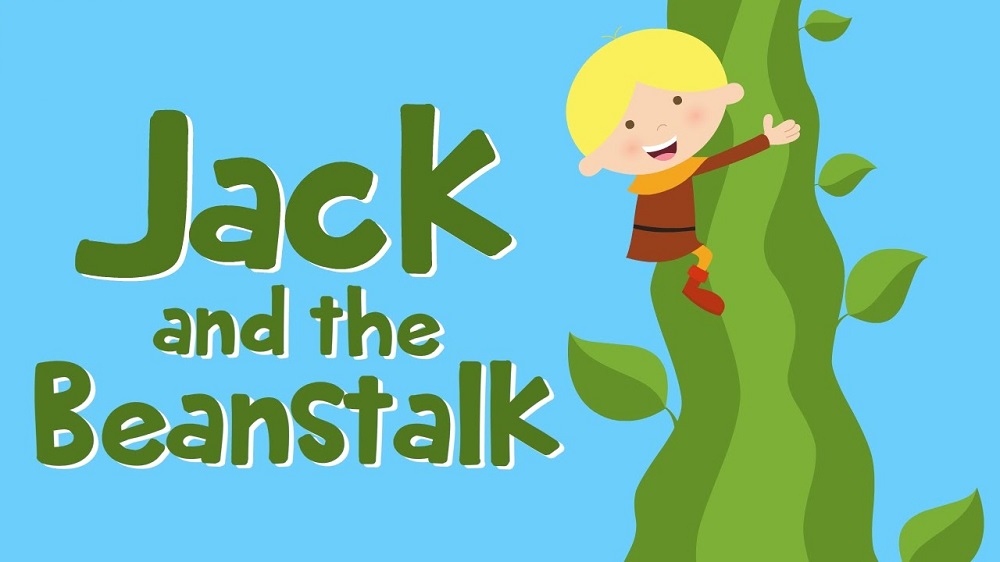 nine0003
nine0003
For example, such as: (fairy tale Moroz Ivanovich; Fox - midwife; Tower of the fly; Vasilisa the Beautiful; Snow Maiden; Frost, Sun and Wind; Russian folk tale Firebird and Vasilisa the princess; Baba Yaga and Zamoryshek; Koschey the Immortal; Leshy; Careless word; Wolf - fool; Winged, hairy and oily; Wise maiden and seven robbers; Legless and Armless heroes; Animal milk; Tale of a goat beaten; Soldier and king in the forest;) and many others.
Also, it may come in handy, when searching for the desired Russian fairy tale, its text, characters, or author, a convenient search on the site. nine0003
on this site
you can read texts
!Russian folk tales about animals are tales about animals, i.e. about various animals, birds;
!Russian fairy tales about miracles and adventures;
!Folk household tales that adults love to read very much.
!Read various texts of the Russian people's fairy tales in retellings, adaptations of writers, from old collections and folklore collections;
for example, Russian folk tales of Alexei Nikolaevich Tolstoy.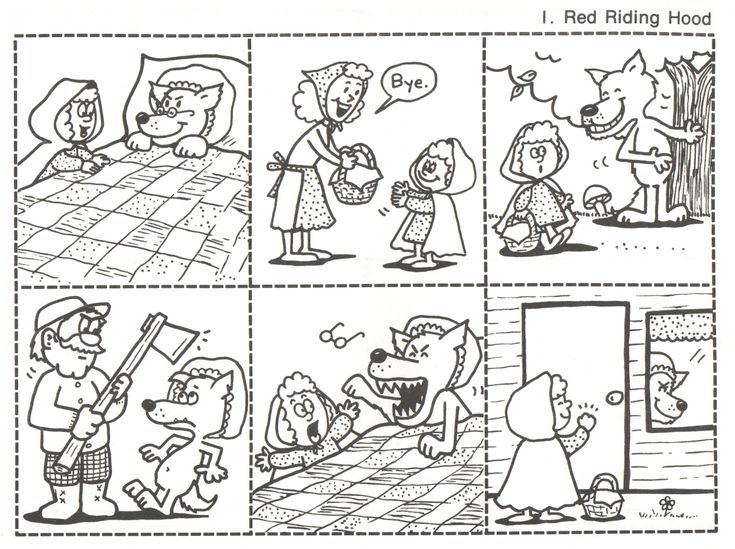 nine0003
nine0003
collection parts
!
First partThe collection of folk Russian fairy tales includes fairy tales for children, which are all provided with a brief description of the plot, namely, fairy tales about funny animals, magical plants, talking birds ... and many other wonderful children's fairy tales.
! Part two - this is a real collection of completely different fairy tales for children, including Russian folk tales about orphans (stepdaughters) and foster parents (stepmothers and stepfathers), as well as other texts of fairy tales for reading. nine0003
! Part three contains an extensive collection of texts - these are Russian folk tales with magic, fairy-tale adventures, and many others.
! Part Four - these are various fairy tales, Russian and folk, which were not included in the first three parts of the collection. All fairy tales presented in this part can be read by teenagers and adults.
! Part Five . In the fifth part, the rest of Russian folk tales settled, which, for objective reasons, were not included in other parts, are not presented on the main page of the collection of fairy tales. Among all this splendor, everyday Russian folk tales from the folklore collections of Alexander Nikolaevich Afanasyev are widely represented, as well as many other popular texts of Russian fairy tales that are not presented on the main page of the site - a collection of fairy tales by M.V. Tolstikov, and also were not consecrated in other parts of this collection. nine0003
hide
Russian folk tale "Baba Yaga"
Before you start reading the tale of Baba Yaga, you can choose a text font and size convenient for online reading, as well as choose a background color of the site page that is convenient for your perception:
| Once upon a time there was a husband and wife, and they had a daughter. The wife fell ill and died. The evil woman took a dislike to the girl, beat her, scolded her, and only thought how to ruin her completely. nine0003 One day the father left somewhere, and the stepmother said to the girl: - Go to my sister, your aunt, ask her for a needle and thread - to sew a shirt for you. And this aunt was a Baba Yaga, a bone leg. The girl did not dare to refuse, she went, but first she went to her own aunt. — Hello, auntie! - Hello, dear! Why did you come? — My stepmother sent me to her sister to ask for a needle and thread — she wants to sew a shirt for me. nine0003 “It's good, niece, that you came to see me before,” says the aunt. - Here's a ribbon, butter, bread and a piece of meat. There will be a birch in your eyes to quilt - you tie it up with a ribbon; the gates will creak and clap, hold you back - you pour oil under their heels; dogs will tear you - you throw them bread; if a cat tears your eyes - you give him meat. The girl thanked her aunt and left. She walked and walked and came to the forest. There is a hut on chicken legs and mutton horns in the forest behind a high tyn, and a baba yaga sits in the hut, a bone leg weaves a canvas. nine0003 - Hello, auntie! the girl says. — Hello, niece! Baba Yaga says. — What do you need? — My stepmother sent me to ask you for a needle and thread — to sew a shirt for me. — All right, niece, I'll give you a needle and thread, and you sit down while you work! Here the girl sat down by the window and began to weave. And the Baba Yaga came out of the hut and said to her worker: nine0003 - I'm going to bed now, and you go, heat the bathhouse and wash your niece. Yes, look, wash it well: wake up - eat it! The girl heard these words - sits neither alive nor dead. As the Baba Yaga left, she began to ask the worker: - My dear! You do not so much set fire to firewood in the oven, but fill it with water, and carry water with a sieve! And gave her a handkerchief. The worker is heating the bath, and the Baba Yaga wakes up, goes to the window and asks: nine0003 Are you weaving, niece, are you weaving, dear? - Weaving, aunty, weaving, dear! Baba Yaga went to bed again, and the girl gave meat to the cat and asked: — Brother cat, teach me how to run away from here. cat says: - There is a towel and a comb on the table, take them and run as soon as possible: otherwise the Baba Yaga will eat it! Baba Yaga will chase after you - you put your ear to the ground. When you hear that she is close, throw a comb - a dense dense forest will grow. While she is wading through the forest, you will run far away. And again you hear the chase - throw a towel: a wide and deep river will spill. nine0003 - Thank you, cat brother! the girl says. She thanked the cat, took a towel and comb and ran. Dogs rushed at her, wanted to tear her, bite her, she gave them bread. The dogs missed her. The gates creaked, they wanted to slam shut - and the girl poured oil under their heels. They missed her. The birch made a noise, wanted to quilt her eyes, - the girl tied it up with a ribbon. Birch missed her. The girl ran out and ran as fast as she could. Runs and doesn't look back. nine0003 In the meantime, the cat sat by the window and began to weave. Not so much weaving as confusing! Baba Yaga woke up and asked: Are you weaving, niece, are you weaving, dear? And the cat answered her: - Weaving, aunt, weaving, dear! Baba Yaga rushed into the hut and saw that the girl was gone, but the cat was sitting weaving. Baba Yaga began to beat and scold the cat: - Oh, you old rascal! Oh you villain! Why did you let the girl out? Why didn't he gouge her eyes out? Why didn't you scratch your face? nine0003 And the cat answered her: — I've been serving you for so many years, you didn't throw a gnawed bone at me, but she gave me meat! Baba Yaga ran out of the hut and attacked the dogs: — Why didn’t they tear the girl, why didn’t they bite her?. The dogs say to her: — We have been serving you for so many years, you didn’t throw us a burnt crust, but she gave us bread! Baba Yaga ran up to the gate: nine0003 - Why didn't they creak, why didn't they clap? Why did they let the girl out of the yard? .. The gate says: — We've been serving you for so many years, you didn't add water to our heels, but she didn't spare us butter! Baba Yaga jumped up to the birch: — Why didn't you quilt the girl's eyes? Birch answers her: — I've been serving you for so many years, you didn't tie me up with a thread, but she gave me a ribbon! nine0003 Baba Yaga began to scold the worker: — Why didn't you, such and such, wake me up, call me? Why was she released? The worker says: - I have been serving you for so many years - I have never heard a kind word from you, but she gave me a handkerchief, she spoke well and kindly to me! Baba Yaga shouted, made a noise, then sat down in a mortar and rushed off in pursuit. And the girl ran and ran, stopped, put her ear to the ground and hears: the earth is trembling, shaking - Baba Yaga is chasing, and very close... The girl took out a comb and threw it over her right shoulder. A forest has grown here, dense and tall: the roots of the trees go three fathoms underground, the tops of the clouds prop up. Baba Yaga rushed in, began to gnaw and break the forest. She gnaws and breaks, and the girl runs further. How much, how little time has passed, the girl put her ear to the ground and hears: the earth is trembling, shaking - Baba Yaga is chasing, very close. nine0003 The girl took a towel and threw it over her right shoulder. At the same moment, the river overflowed - wide, very wide, deep, very deep! Baba Yaga jumped up to the river, gritted her teeth in anger - she couldn't cross the river. She returned home, gathered her bulls and drove to the river: - Drink, my bulls! Drink the whole river to the bottom! The bulls began to drink, but the water in the river does not decrease. Baba Yaga got angry, lay down on the shore, and began to drink water herself. She drank, she drank, she drank, she drank until she burst. nine0003 And meanwhile the girl is running and running. In the evening the father returned home and asked his wife: — Where is my daughter? Baba says: - She went to her aunt - to ask for a needle and thread, but something was delayed. The father got worried, he wanted to go look for his daughter, but the daughter ran home, out of breath, unable to catch her breath. — Where have you been, daughter? the father asks. nine0003 - Oh, father! the girl answers. - My stepmother sent me to her sister, and her sister is a baba-yaga, a bone leg. She wanted to eat me. I ran away from her! As the father found out all this, he became angry with the evil woman and drove her out of the house with a dirty broom. And he began to live together with his daughter, together and well. |

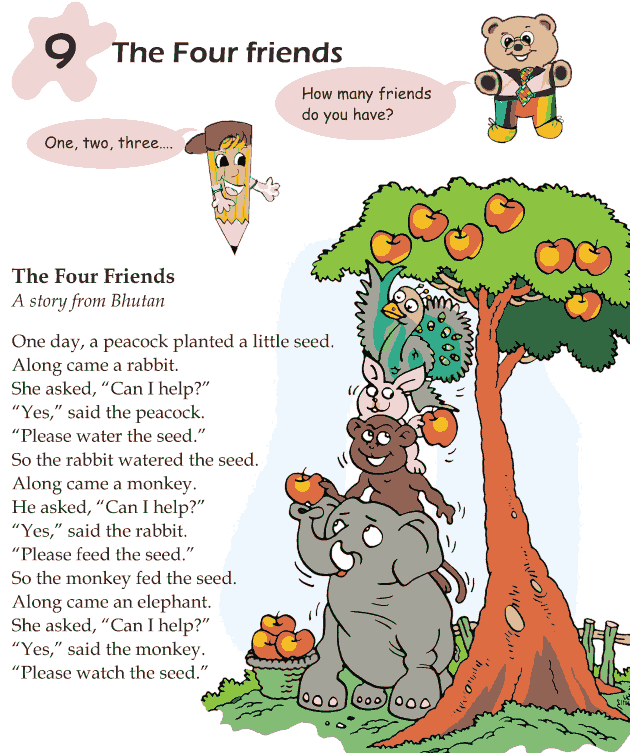 The man grieved, grieved, and married another.
The man grieved, grieved, and married another. 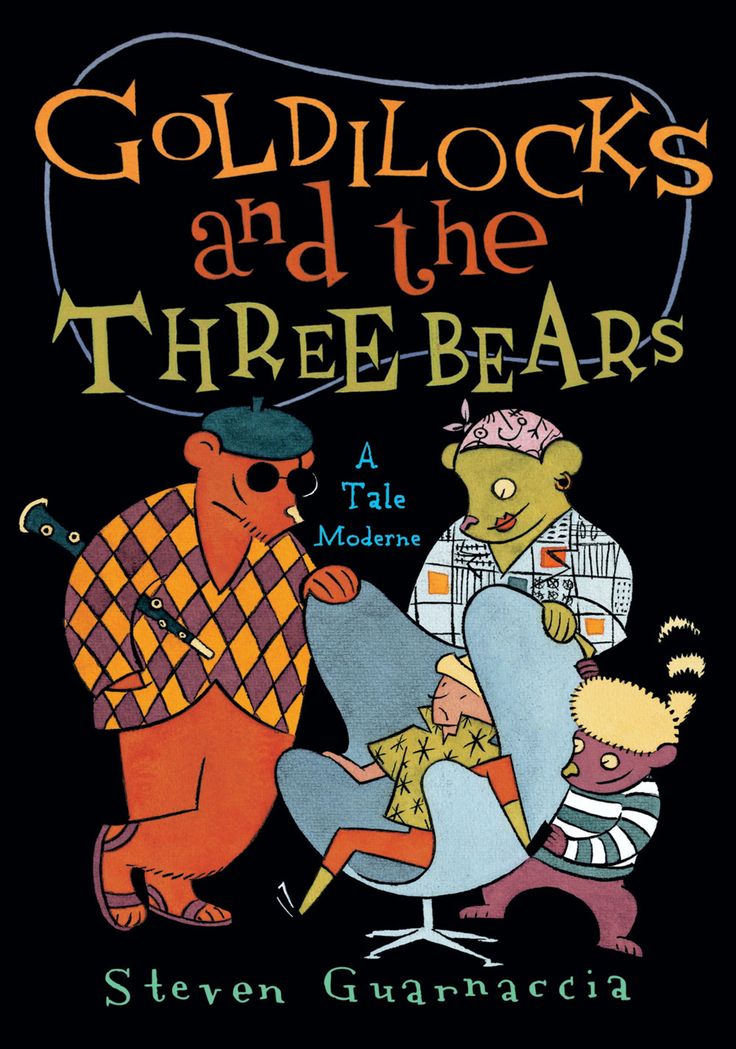
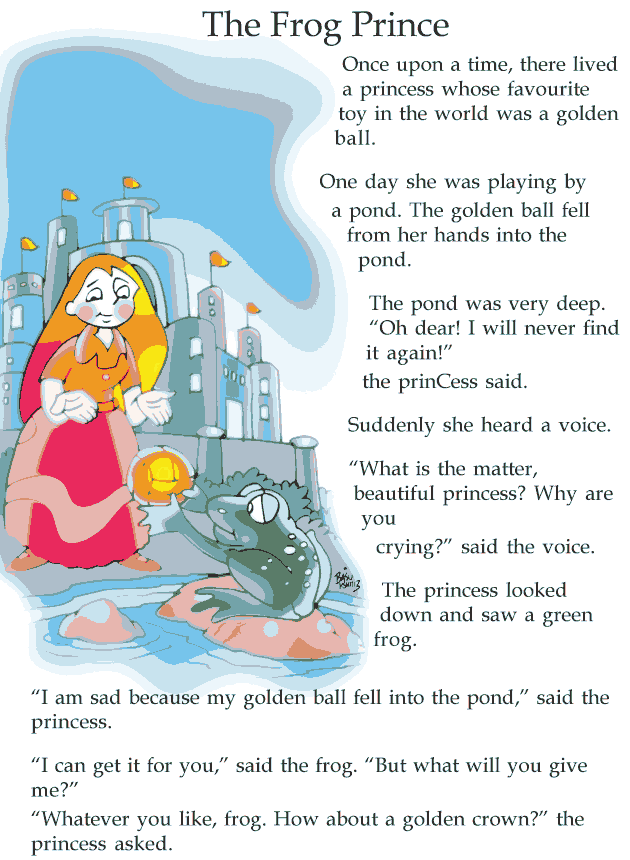

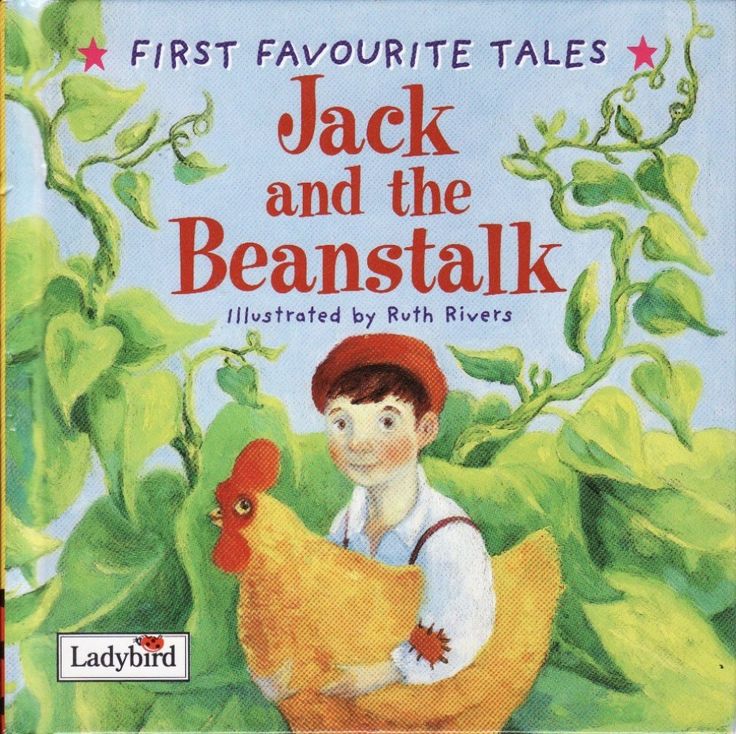 .
. 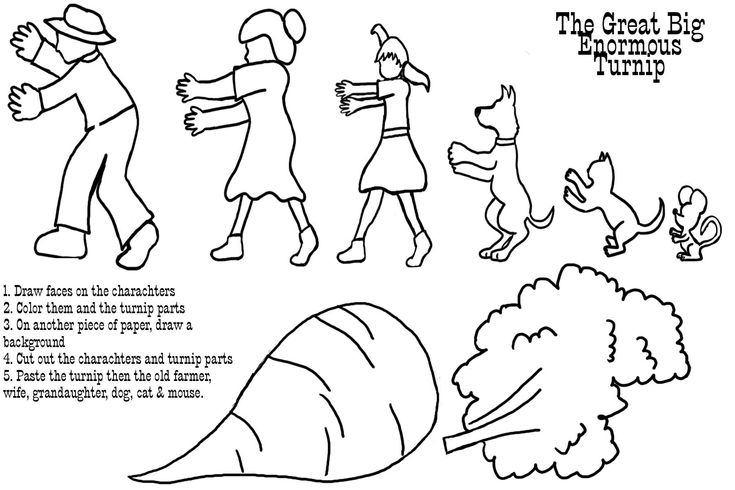 He drives with a pestle, sweeps the trail with a broom ... nine0003
He drives with a pestle, sweeps the trail with a broom ... nine0003 
